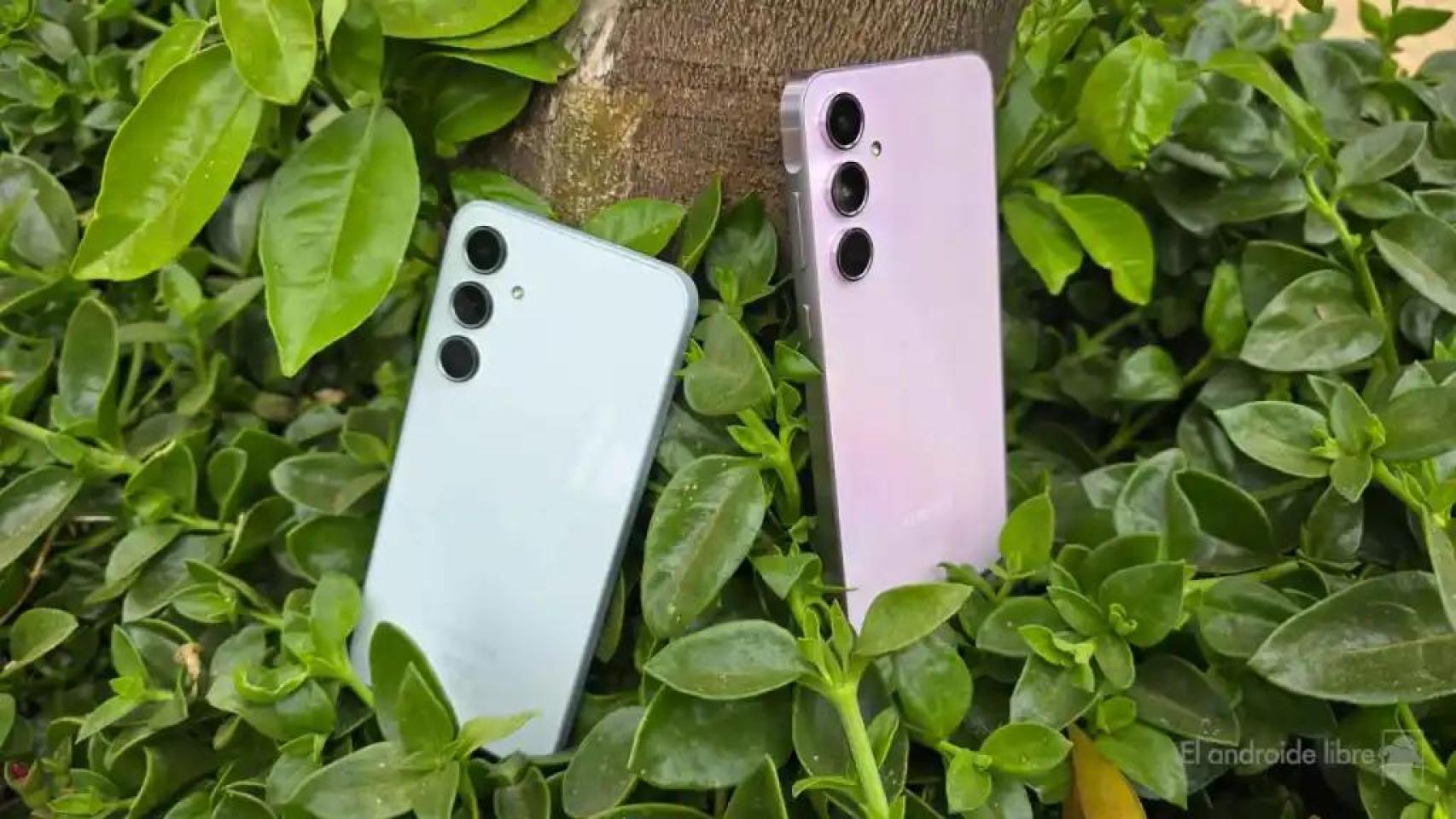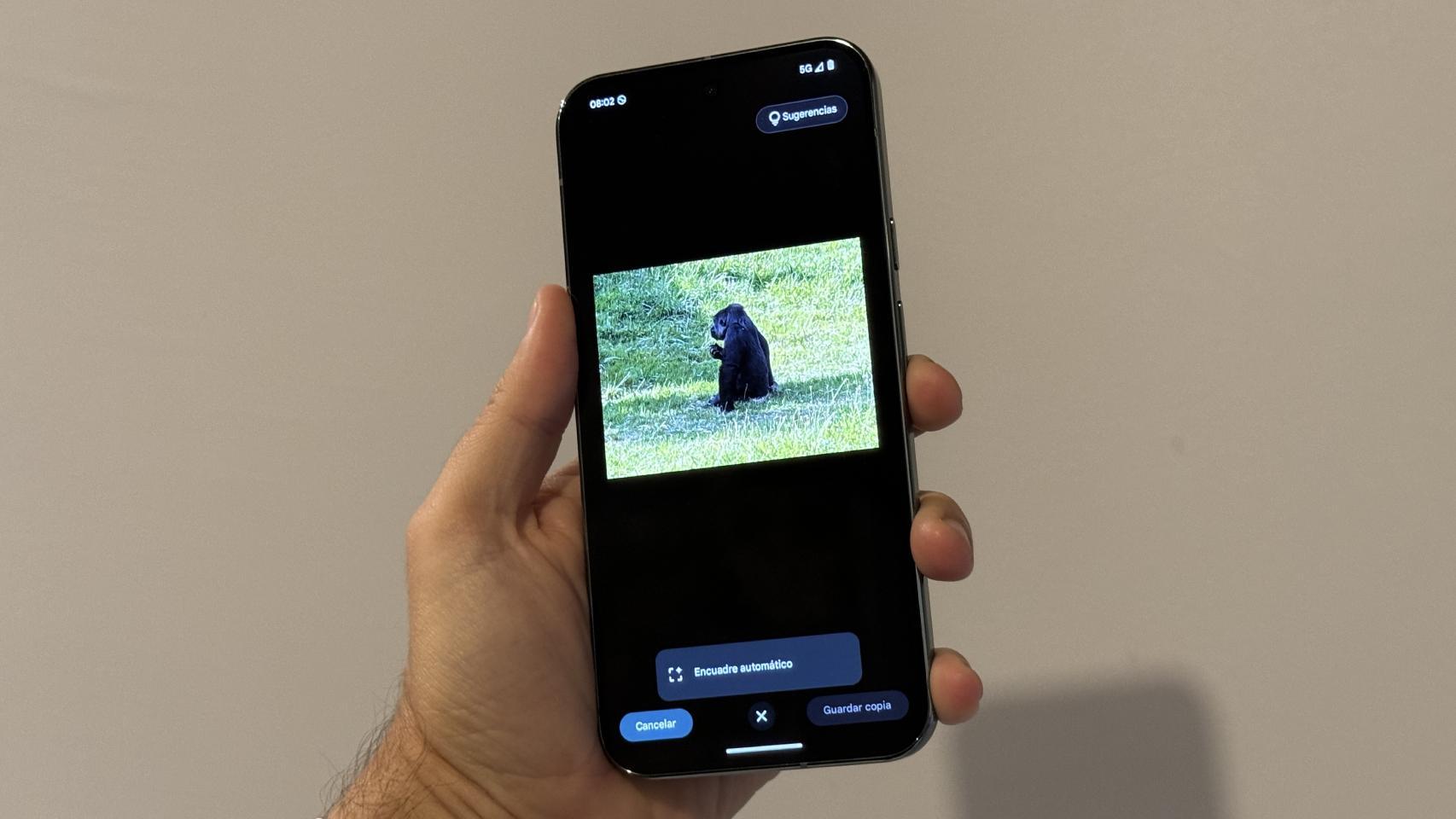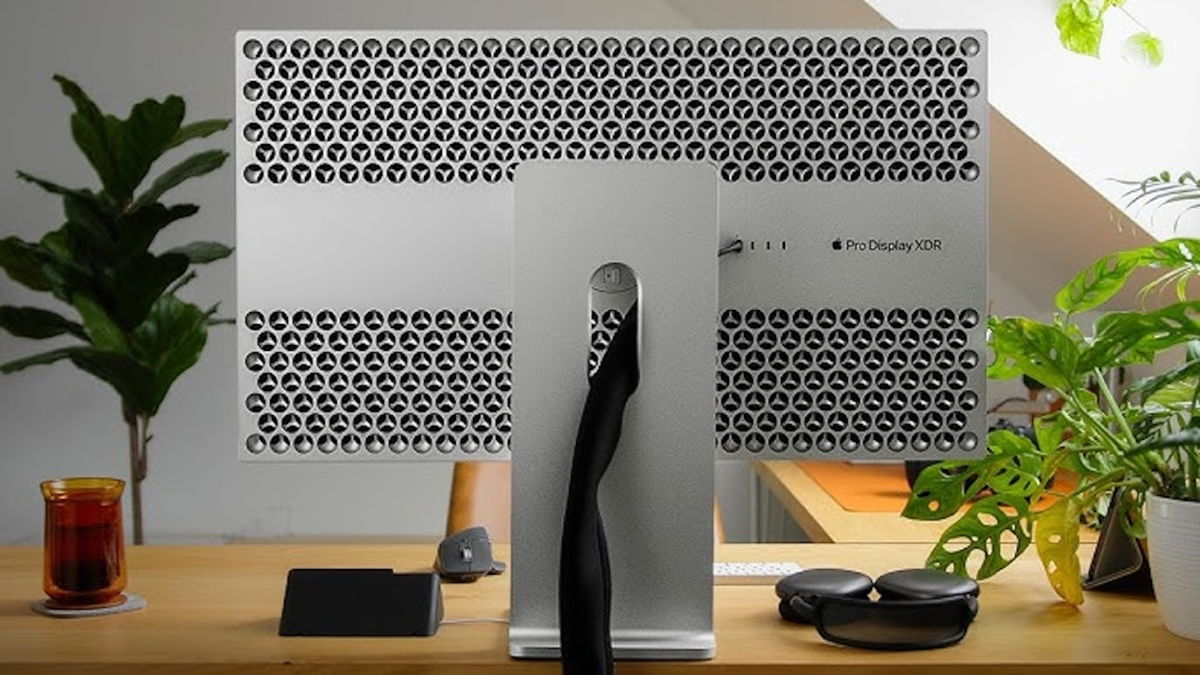Mobile phones have had a very clear design line for almost two decades. Since the arrival of the iPhone in 2007 (although it arrived in Europe a little later), most models have been metal pieces with a glass front. There have of course been changes, as evidenced by the foldable terminalsbut its form has essentially not changed.
The changes have been internal, with better cameras, better processors, better autonomy or better screens. But we have also seen improvements at the software level, quite intensely in recent months with the arrival of generative artificial intelligence
One of the brands that has opted for this the most is Samsung. In the S24 series first and in the foldable ones of 2024 later, it has included a series of functions that can be very useful for daily use, such as transcription of audio recordings made by the phone, translation of websites , modifying images…
Microphone enhancement option interface
Free Android
But there are other types of improvements, also linked to certain algorithms, even if they are not exactly artificial intelligence, but which are even more useful on a daily basis. One of them is the one that allows mobile improve the sound quality of our calls so that our interlocutor can hear us better
To do this, simply start a call and, without hanging up, open the notifications drop-down menu. A new option should appear at the top called microphone mode. If we click on it we will see that the option is selected Standard
This modification uses algorithms to isolate our voice from the background noise that may exist where we are. This filtering means that only the sound of our voice reaches our interlocutor, or at least, it reaches them much more clearly. Of course, this improvement is not the same if we are in an environment where other people are talking or if we are in an area with outside noise caused by traffic, construction or transportation systems like a train, where improvement is a little more appreciated. . Of course, once this function is configured, it will remain active for all calls unless we deactivate it.










